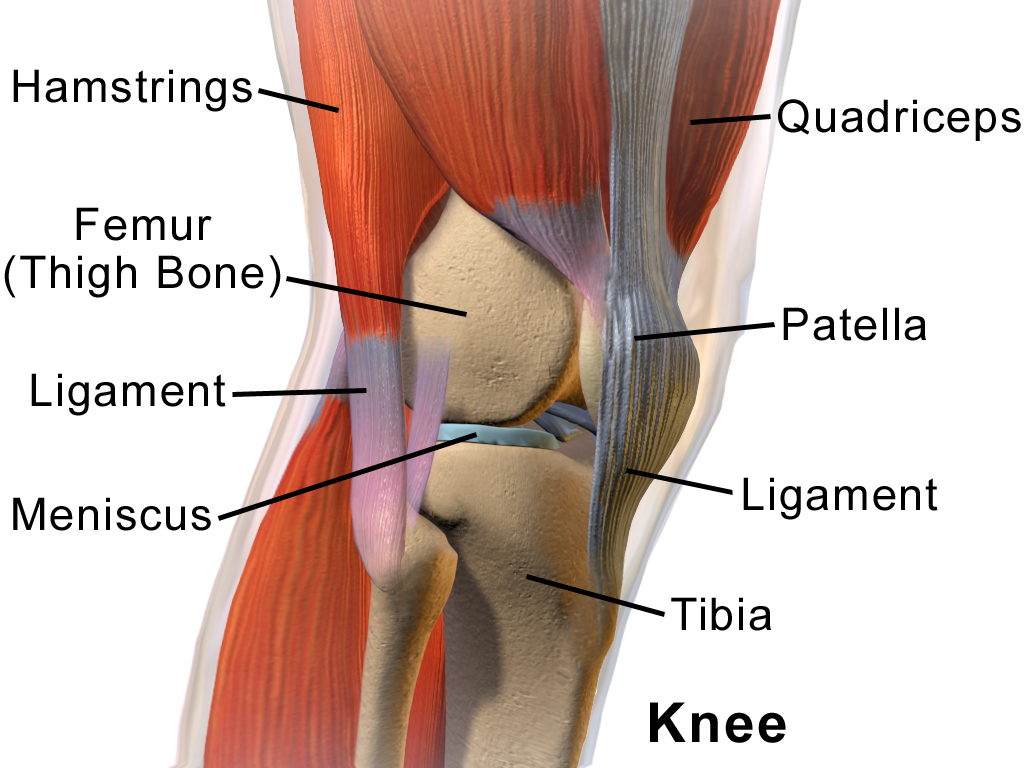Knee Pain
Knee pain is one of the most common complaints that we see in our office, yet one of the most difficult to give general advice for in passing. At its most simple form, the knee itself can be the pain generator, but, just as often, knee pain can be just a product of faulty biomechanics elsewhere. Perhaps your hip has reduced ranges of motion.
Your body often times tries to make up for those lost ranges with trying to increase ranges of motion elsewhere as compensation, like your knee, and instead, it just ends up putting excessive strain on tissues that can’t tolerate it; thus, maybe you get knee pain without hip pain, even though the hip is the root of the problem. Disruptions in the kinetic chain, i.e. hip, ankle, and foot, all have the ability to disguise themselves as knee pain.
Additionally, all the muscles that attach around the knee, such as the hamstrings, plus sensation to the surrounding tissues are controlled by nerves that originate out of the low back. So it is also not uncommon to have knee pain actually be the product of a low back issue, such as an irritated disc.
It is so important to get knee pain evaluated by a professional who understands all the potential causes. It is not something that you want to attempt to self-diagnose or self-prescribe treatments based on the internet alone. This includes utilizing kinesiotape and orthopedic braces that you are able to purchase over-the-counter. Not to say these tools are never appropriate, but that should be the decision of the medical professional, depending on what their evaluation reveals the root of the problem is.
Depending on bracing long-term, even for just athletic performance, can have detrimental effects on our biomechanics and can allow our muscles and surrounding tissues to get weak and become dependent on the brace for support, causing more issues.



